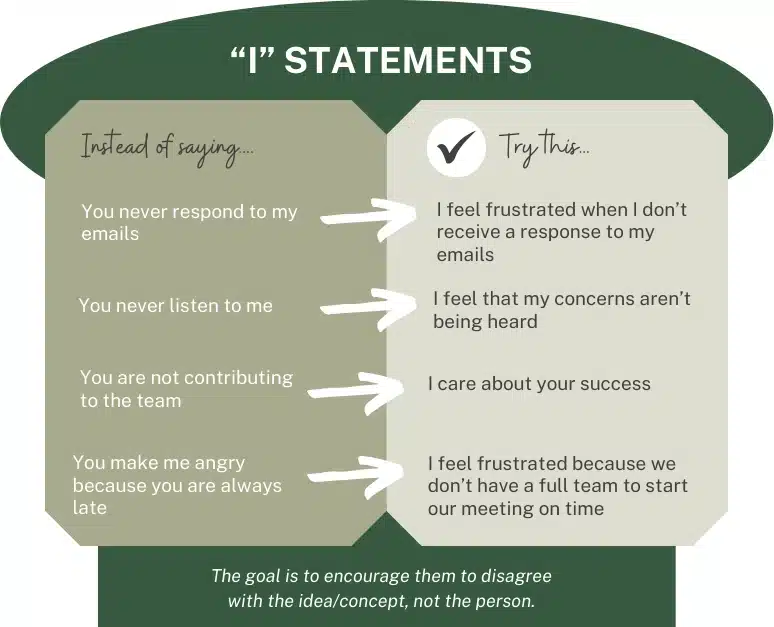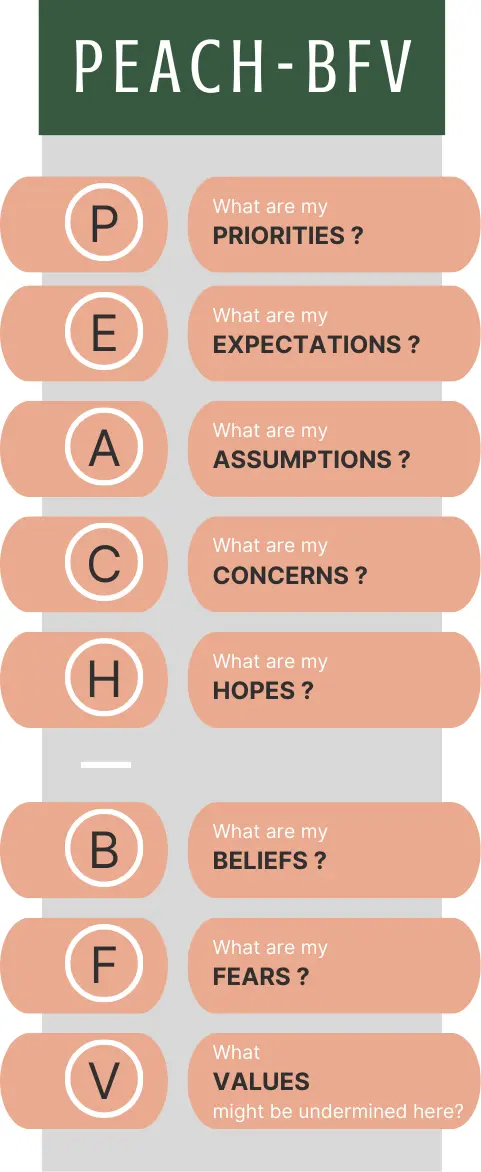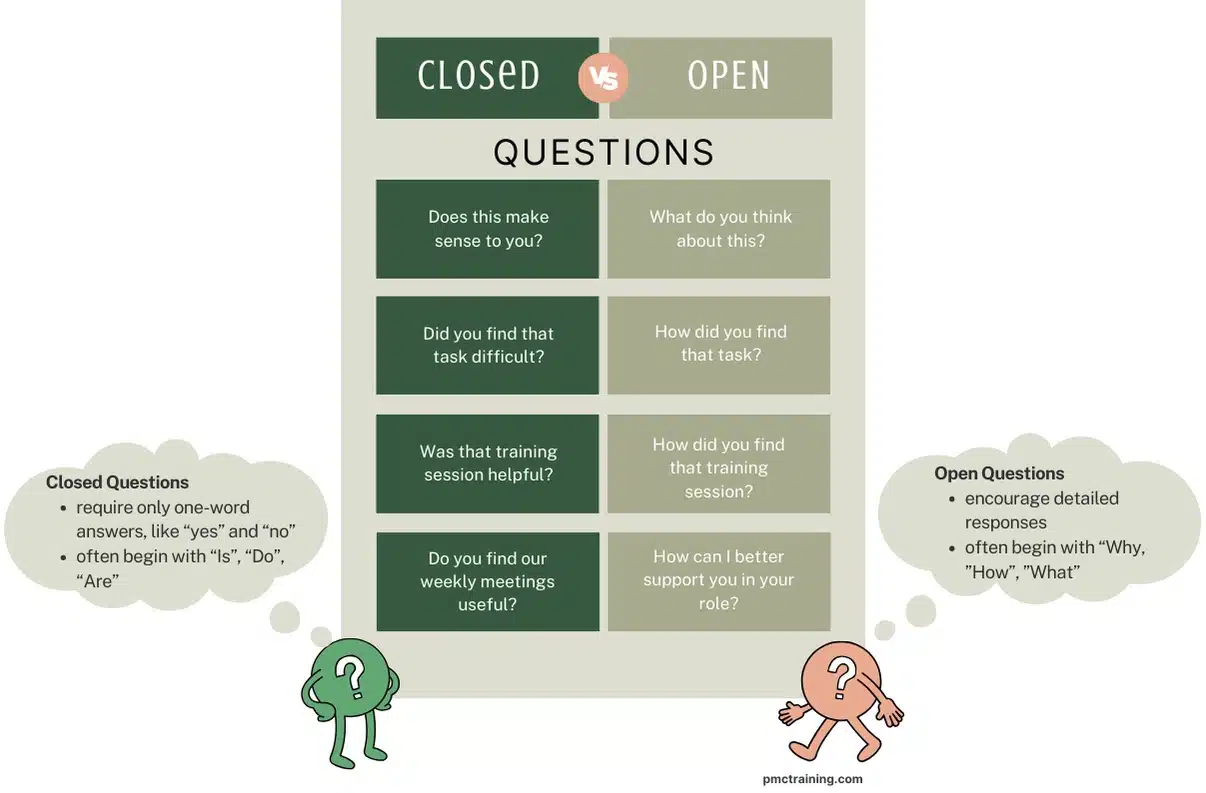4 Hidden Causes of Virtual Team Dysfunction and How to Fix Them
- Articles and Resources
- > Management, Supervisory and Leadership
- > 4 Hidden Causes of Virtual Team Dysfunction and How to Fix Them
For some organizations, the shift to virtual work has been a blessing. Increased productivity, less overhead, and more flexibility are just a few of the benefits.
But for others, it’s made pre-existing problems much worse. Managing a virtual team creates unique challenges that many managers struggle with.
Tools like Slack and Zoom work fine when everything’s going well. But what happens when there’s a breakdown? How do you get a dysfunctional team firing on all cylinders again without a face-to-face intervention?
We’ve helped many of our clients navigate these new challenges since the start of the pandemic. And in that time, we’ve identified 4 hidden causes of virtual team dysfunction.
Read on to discover what they are and how to fix them.
Hidden Cause #1: Fear of Conflict
Conflict is a natural part of working as a team.
But managing and resolving conflict requires a lot of trust between team members.
If trust is lacking and team members are afraid of conflict, minor disagreements can quickly lead to more serious problems down the road. So the question is: how can you build trust and resolve conflict virtually?
The Fix:
Start by getting team members to use “I” statements to take ownership of thoughts and feelings and avoid putting others on the defensive.
Examples:
It’s important to respect all opinions and create a safe place where new ideas are encouraged. Create an environment where respectful disagreement is welcomed, because that’s how a team makes good decisions.
Hidden Cause #2: Poor Communication
To perform well, team members need to feel comfortable communicating with each other honestly and openly.
But if they don’t feel comfortable giving or receiving constructive feedback, or having their positions challenged, it’s tough for them to collaborate effectively.
And it’s much easier to misinterpret an email or direct message than an in-person conversation. Without having the right tone and context, it can be difficult to decipher the true meaning of someone’s words.
The Fix:
Most people think they’re good communicators, but the opposite is usually true.
This goes doubly for virtual teams. That’s why communication training can go a long way towards improving communication and reducing conflict.
In the case of emails, group chats, and direct messages, things like emojis and GIFs can help to lighten the tone and provide additional context. Just make sure team members don’t get too carried away with them ;).
Lastly, make sure to include a team-building activity as part of your onboarding process. This way, new hires can connect with other team members and get comfortable communicating before they have to collaborate on a project together.
Hidden Cause #3: Creative Suppression
Structure is important for team performance, but without creativity and innovation, teams become stagnant.
If the team is not encouraged to experiment and come up with new ideas, they’ll actively avoid creative problem-solving. And this means they won’t respond well to rapid change, such as a global pandemic or a major disruption in the organization or marketplace.
The Fix:
Identify small creative projects that won’t dramatically affect the bottom line if they don’t go well. Encourage play and welcome creative solutions, knowing that you can accept a certain amount of risk with these projects
Train team members to look at interests (the “what”) vs the positions (the “why”). Positions only have one solution, while interests have many solutions.
One easy way to uncover interests is to ask about “PEACH BFVs”.
This stands for:
Remember that the quality of questions you ask is directly related to the quality of answers you get.
Think of people like icebergs. What you see on the surface is only 10% of the picture. What’s really going on underneath makes up the other 90%.
Hidden Cause #4: Lack of Leadership
Team members always take their cues from managers.
But they won’t perform at their best if they’re simply asked to rubber stamp your decisions. If there is no feeling of shared leadership, they’ll struggle to come together and perform as a unit.
The Fix:
As a manager, always accept some of the responsibility.
Avoid just blaming employees.
Do your best to lead by example and encourage differing opinions, so long as they are presented respectfully.
Show appreciation when team members voice their opinions, especially when going against the group. Use thoughtful, open ended questions.
Avoid closed questions that might make the receiver answer in a way to “please the boss”.
For example:
If you want to get more well-rounded opinions, work on hiring diverse teams with different experiences and backgrounds
And recognize that if the team’s performance is suffering, it’s your job to uncover the root cause and address it before problems begin to multiply.
The Future of High-Performance Teams is Virtual
The pandemic has ushered in a new age for managers.
To successfully manage a virtual team, you need innovative solutions to underlying problems.
Start by fixing these 4 hidden causes of virtual team dysfunction, and you’ll be well on your way to building a high-performance team.


